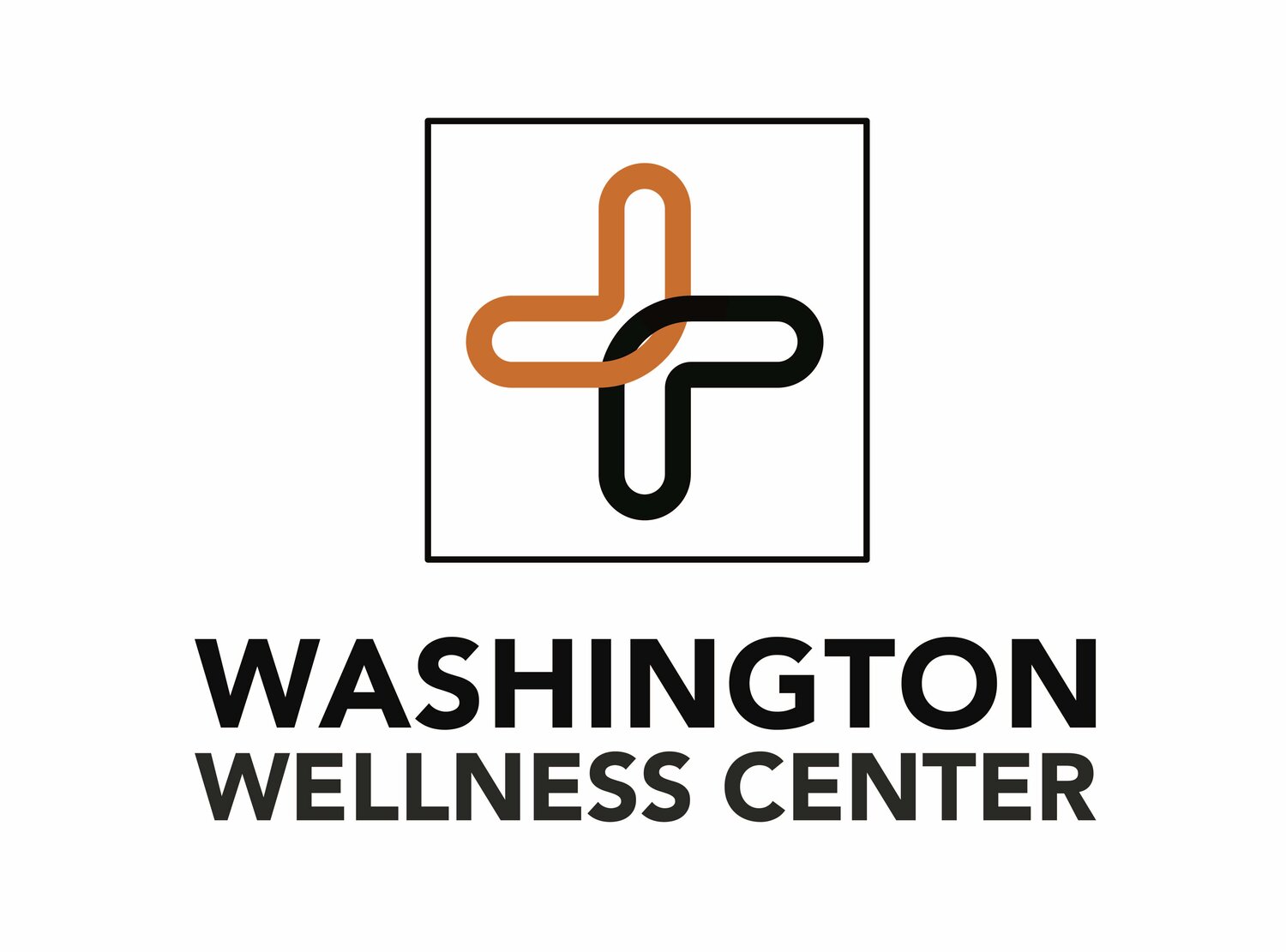THE REAL COST OF SICKNESS
THE REAL COST OF SICKNESS
Healthcare costs in America are not just a topic that we hear about on presidential debates, it is a topic that hits close to home for far too many Americans. What the United States spent on health care in 2009 was greater than the entire GDP of Great Britain. If the United States health care system was a country, it would be the 6th largest economy in the world
Chronic diseases (lasting 3 or more months) affect approximately 133 million Americans, or more than 40% of our country. By 2020 that number is projected to grow to an estimated 157 million, with 81 million having multiple conditions. More than 75% of all health care costs are due to chronic conditions. A 2007 report showed that seven chronic diseases - cancer, diabetes, hypertension, stroke, heart disease, pulmonary conditions, and mental illness - have a total impact on the economy of $1.3 trillion annually, with that number projected to increase to $4.2 trillion by 2023. According to a study done by the Milken Institute, if we begin taking a more preventative path we could avoid $1.1 billion in healthcare costs in 2023, and increase the GDP by $5.6 TRILLION by 2050!5
This may be bankrupting the country, but what about my personal costs? I have a $20 copay….
A recent report published in The American Journal of Medicine showed that medical bills are a major factor in more than 60% of the personal bankruptcies in the U.S., with approximately 75% of the individuals involved having health insurance. In fact, one study found that 41% of working age Americans either have medical bill problems or are currently paying off medical debt. Once you get into the system it’s so hard to get out! 1,2,3,4
Heart disease is the number one killer, and coronary artery disease (CAD) is the most common form of heart disease. A recent study published in Circulation, the Journal of the American Heart Association, addressed the direct costs (inpatient hospitilization, pharmaceuticals) and indirect costs (lost productivity, time away from work) for coronary artery disease (CAD). The study found that on average, lifetime costs associated with severe CAD ranged from $1,001,493 to $1,051,302.The average lifetime cost of less severe CAD reached $767,288 per case. 6
What about retirement? What do you have planned? Vacations? Family time? Relaxing? Better have a big nest egg if you aren’t careful about your health! According to The Huffington Post, the average couple needs AT LEAST $250,000 for health care costs in retirement! This study was done in 2010 and it estimated that costs rise at approximately 5% per year. That means in 2016 the number would be well over $300,000, and continuously rising! What about if your health is worse than average? “Retired couples would need $416,000 for health care costs if their drug costs were far higher than average, in the 90th percentile. If that same couple lives longer than three-quarters of retirees, the estimate rises to $614,000.”7
So what is the value of prevention??
We have a values inversion in our country. We would rather spend our money on cars, phones, clothes, trips, stuff, junk...than spend it on our health. We would rather invest in the stock market - in a fund, a bond, an IRA….than invest in our health. Today we spend between 7-9% of our disposable income on our groceries, 75 years ago it was 20-30%. When you see these numbers, hopefully you realize that not only is it a smart decision to invest in health now for the enhanced life experience, it really is a great financial decision to spend more money on prevention and health!
A recent study proved that it is more expensive to eat healthy - a whopping $1.50/day, or $550/year. 9
Let’s say, for example sake, that by eating healthy, exercising, minimizing stress, detoxifying, and taking care of your spine and body that you can decrease your health expenses by 20% in retirement. Seems reasonable right? A Gallup poll on the cost of poor well-being showed a 60% decrease in health care costs for those who had “thriving well-being” in 5 categories (career, social, financial, physical, community) vs. those who were “thriving” in none of the categories.10 Another study done in people age 65+ who had received maintenance chiropractic care for 5+ years showed they spent ⅓ less money on health care costs than the average citizen, so I don’t think it’s too great a stretch to imagine a 20% savings.11
Let’s also assume that with these preventative measures, you and your spouse can cut 20% off of costs. (I think these are conservative estimates!) In 2016 the nest egg number for health care costs is over $300,000, so you would save yourself over $60,000!!!
Think about all the dinner dates, the Alaskan cruises, the trips to Disney with the great-grandkids that money could buy you! Think about all the experiences, the memories, the value of being able to not just be around for those experiences, but to be able to enjoy them. Investing in your health now, no matter your age no matter your health status, investing in your health now is the best investment you could ever make with the best returns you could ever see - both financially and for your life experience.
http://www.pnhp.org/new_bankruptcy_study/Bankruptcy-2009.pdf
http://content.healthaffairs.org/content/28/1/64.full
http://www.milkeninstitute.org/publications/view/618
http://www.ncbi.nlm.nih.gov/pmc/articles/PMC4105734/
http://www.huffingtonpost.com/2010/03/25/retirement-health-care-av_n_512678.html
w.ncsl.org/research/health/chronic-disease-prevention-and-health-promotion.aspx
http://www.hsph.harvard.edu/news/press-releases/healthy-vs-unhealthy-diet-costs-1-50-more/
http://www.gallup.com/businessjournal/141800/price-poor-wellbeing.aspx?version=printhttp://ww
Maintenance Care: Health Promotion Services Administered to US Chiropractic Patients Aged 65 and Older, Part II J Manipulative Physiol Ther 2000 (Jan); 23 (1): 10–19
Article by: Dr. Taylor Krick

